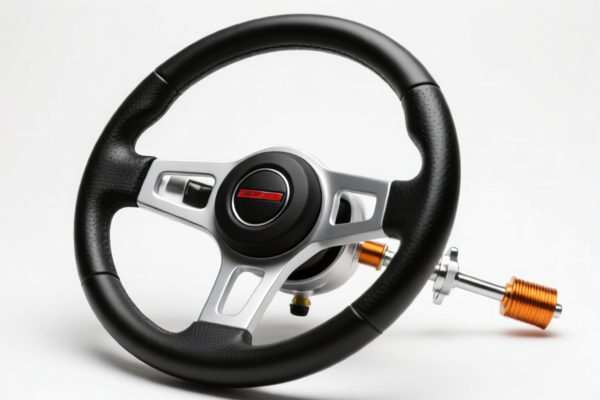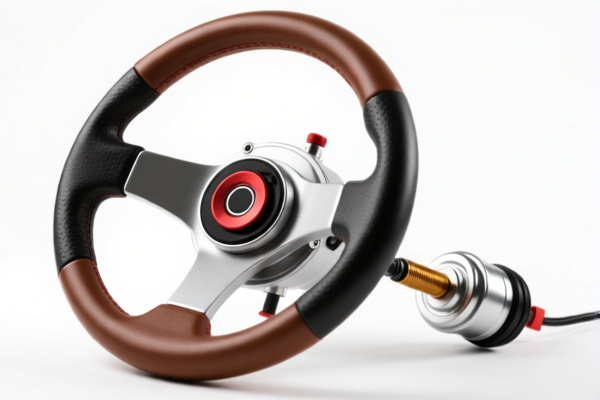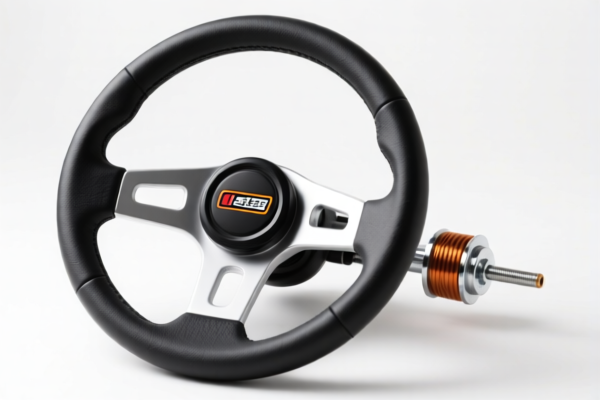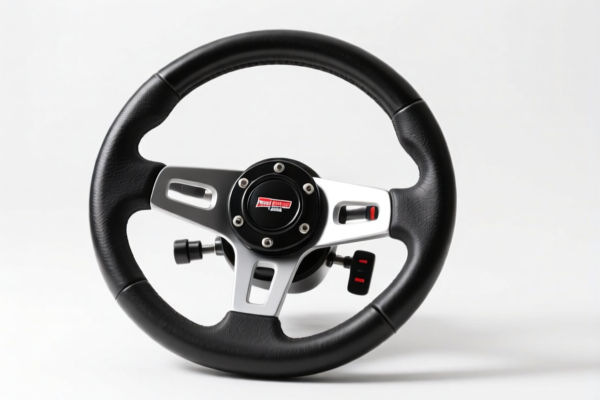| HS Code | Official Doc | Tariff Rate | Origin | Destination | Effective Date |
|---|---|---|---|---|---|
| 8708941000 | Doc | 55.0% | CN | US | 2025-05-12 |
| 8708946000 | Doc | 55.0% | CN | US | 2025-05-12 |
| 8714998000 | Doc | 47.5% | CN | US | 2025-05-12 |
| 7326908688 | Doc | 82.9% | CN | US | 2025-05-12 |
| 7308903000 | Doc | 80.0% | CN | US | 2025-05-12 |
| 7308906000 | Doc | 80.0% | CN | US | 2025-05-12 |
| 9406900190 | Doc | 82.9% | CN | US | 2025-05-12 |
| 9406900130 | Doc | 82.9% | CN | US | 2025-05-12 |
| 7419801700 | Doc | 58.0% | CN | US | 2025-05-12 |
| 7419800900 | Doc | 58.0% | CN | US | 2025-05-12 |
| 7418100002 | Doc | 40.5% | CN | US | 2025-05-12 |
| 7418100025 | Doc | 40.5% | CN | US | 2025-05-12 |
| 3926301000 | Doc | 44.0% | CN | US | 2025-05-12 |
| 3926909989 | Doc | 42.8% | CN | US | 2025-05-12 |
| 3917400010 | Doc | 60.3% | CN | US | 2025-05-12 |
| 3917400095 | Doc | 60.3% | CN | US | 2025-05-12 |




Steering Wheel Base
A steering wheel base is the core component of a direct-drive or gear-driven force feedback steering system, primarily used in racing simulators and high-end driving simulation setups. It provides the force feedback, translating in-game forces into physical sensations felt by the driver through the steering wheel.
Material
Steering wheel bases are constructed from a combination of materials designed for strength, rigidity, and precision. Common materials include:
- Aluminum Alloys: Primarily used for the main housing, motor mounts, and structural components due to their high strength-to-weight ratio and excellent heat dissipation properties.
- Steel: Employed in high-stress areas like axles, shafts, and internal gearing (in gear-driven systems) for durability.
- Carbon Fiber (High-End Models): Used in some premium bases to reduce weight and further enhance rigidity.
- Composite Materials: May be incorporated for specific components to optimize weight and vibration damping.
Purpose
The primary purpose of a steering wheel base is to provide a realistic and immersive driving experience by:
- Generating Force Feedback: Simulating the forces experienced while driving a real vehicle, including road texture, tire slip, suspension movement, engine vibrations, and impacts.
- Providing Accurate Steering Control: Offering precise and responsive steering input for accurate vehicle control within the simulation.
- Supporting Various Steering Wheel Options: Allowing users to attach different steering wheel models (Formula 1, GT, rally, etc.) to customize the driving experience.
Function
The core functionality of a steering wheel base revolves around converting electrical signals from the simulation software into mechanical forces. This is achieved through:
- Motor: The motor (either direct-drive or geared) generates the rotational force.
- Encoder: An encoder precisely measures the steering angle and provides feedback to the simulation software.
- Force Feedback Algorithm: Sophisticated algorithms translate in-game data into appropriate force feedback signals.
- Mounting System: A robust mounting system securely attaches the steering wheel and provides a stable platform for the force feedback mechanism.
Usage Scenarios
Steering wheel bases are predominantly used in:
- Racing Simulators: For competitive racing, training, and recreational use.
- Driving Simulation Platforms: Used in professional driver training, vehicle development, and research.
- Home Sim Racing Rigs: Enthusiasts build dedicated sim racing setups for immersive gameplay.
Common Types
There are two primary types of steering wheel bases:
- Direct-Drive Bases:
- Mechanism: The motor is directly connected to the steering shaft, eliminating gears and belts.
- Characteristics: Offer the most direct and responsive force feedback, with minimal latency and high peak torque. Typically more expensive and require a strong mounting solution.
- Torque Range: 8Nm - 25Nm+
- Gear-Driven Bases:
- Mechanism: Utilize a series of gears to transfer power from the motor to the steering shaft.
- Characteristics: More affordable than direct-drive bases, but generally offer less direct feedback and can exhibit more noise and latency.
- Torque Range: 2Nm - 10Nm
Further Considerations:
- Torque: A higher torque rating generally provides stronger and more realistic force feedback.
- Compatibility: Ensure compatibility with the user's simulation software and steering wheel.
- Mounting System: A robust mounting system is crucial for stability and preventing unwanted movement.
- Software Ecosystem: The quality of the software and support for various simulations is an important factor.
Based on the provided information, the following HS codes are relevant to “steering wheel base”:
-
8708.94.10.00: This HS code falls under Chapter 87, which covers Parts and accessories of motor vehicles. Specifically, it relates to Other parts and accessories (heading 8708.94), focusing on Steering wheels, steering columns and steering boxes; parts thereof (subheading 8708.94.10). This code is for Steering wheels, steering columns and steering boxes for tractors suitable for agricultural use. The base tariff is 0.0%, with an additional tariff of 25.0%, increasing to 30.0% after April 2, 2025, resulting in a total tariff of 55.0%.
-
8708.94.60.00: Also within Chapter 87 (Parts and accessories of motor vehicles), this code covers Other parts and accessories (heading 8708.94), specifically Parts (subheading 8708.94.60) for tractors suitable for agricultural use. The base tariff is 0.0%, with an additional tariff of 25.0%, increasing to 30.0% after April 2, 2025, resulting in a total tariff of 55.0%.
Important Note: Both HS codes 8708.94.10.00 and 8708.94.60.00 specifically mention "for tractors suitable for agricultural use." If the steering wheel base is not intended for agricultural tractors, these codes may not be appropriate.
Customer Reviews
No reviews yet.